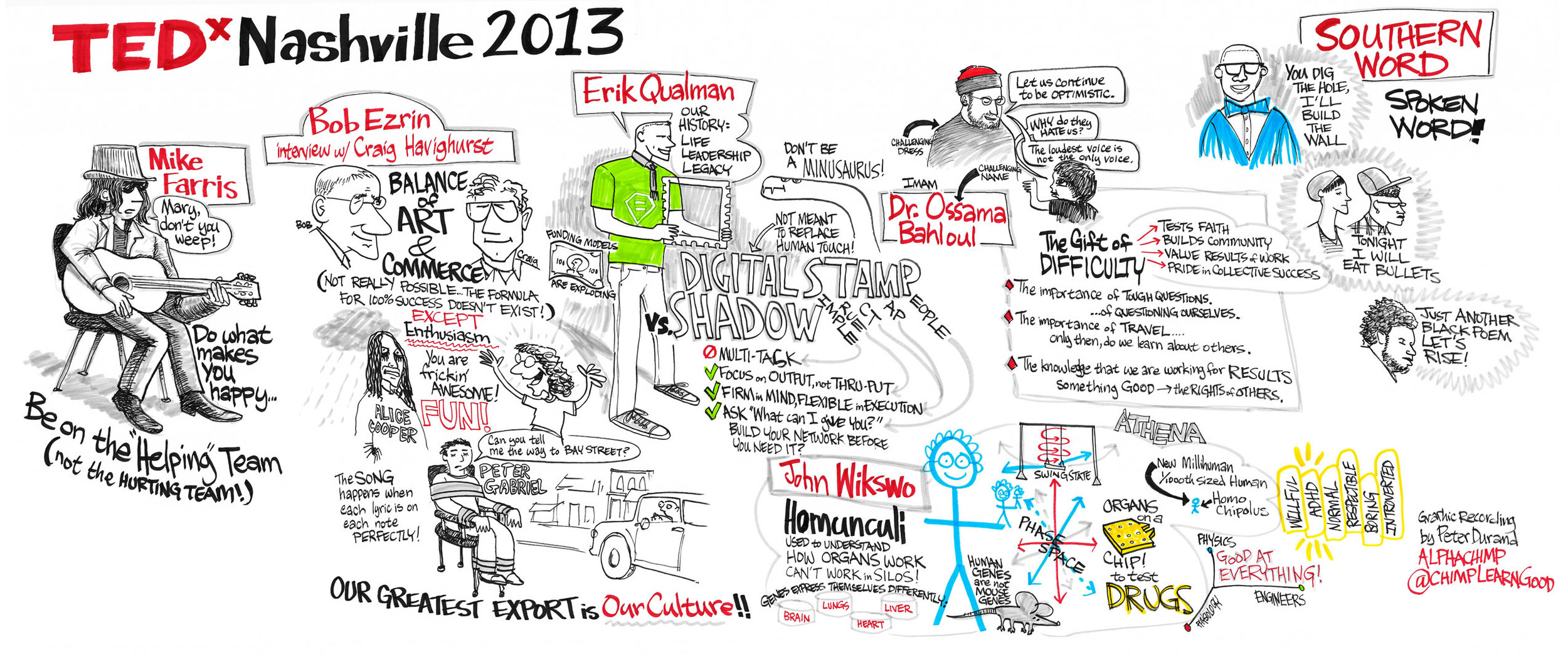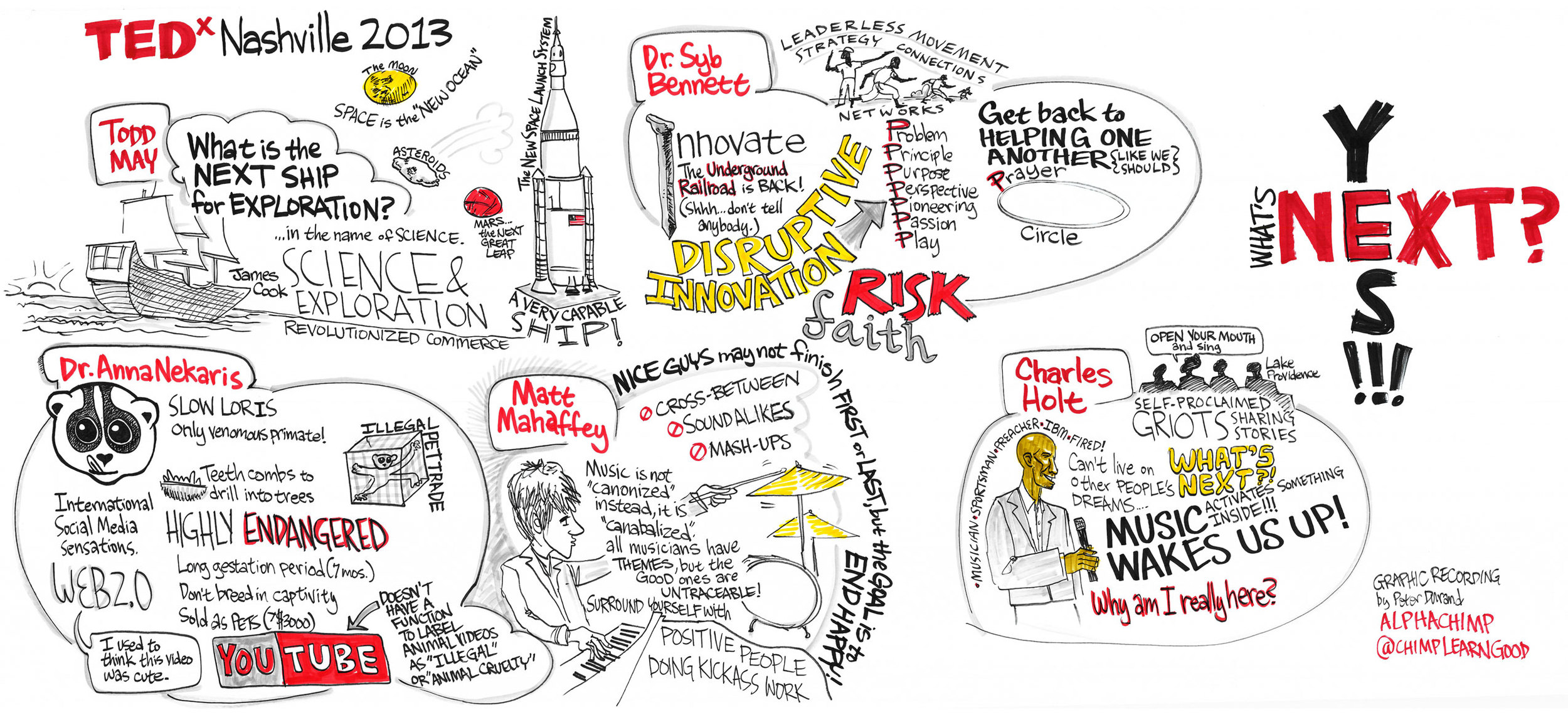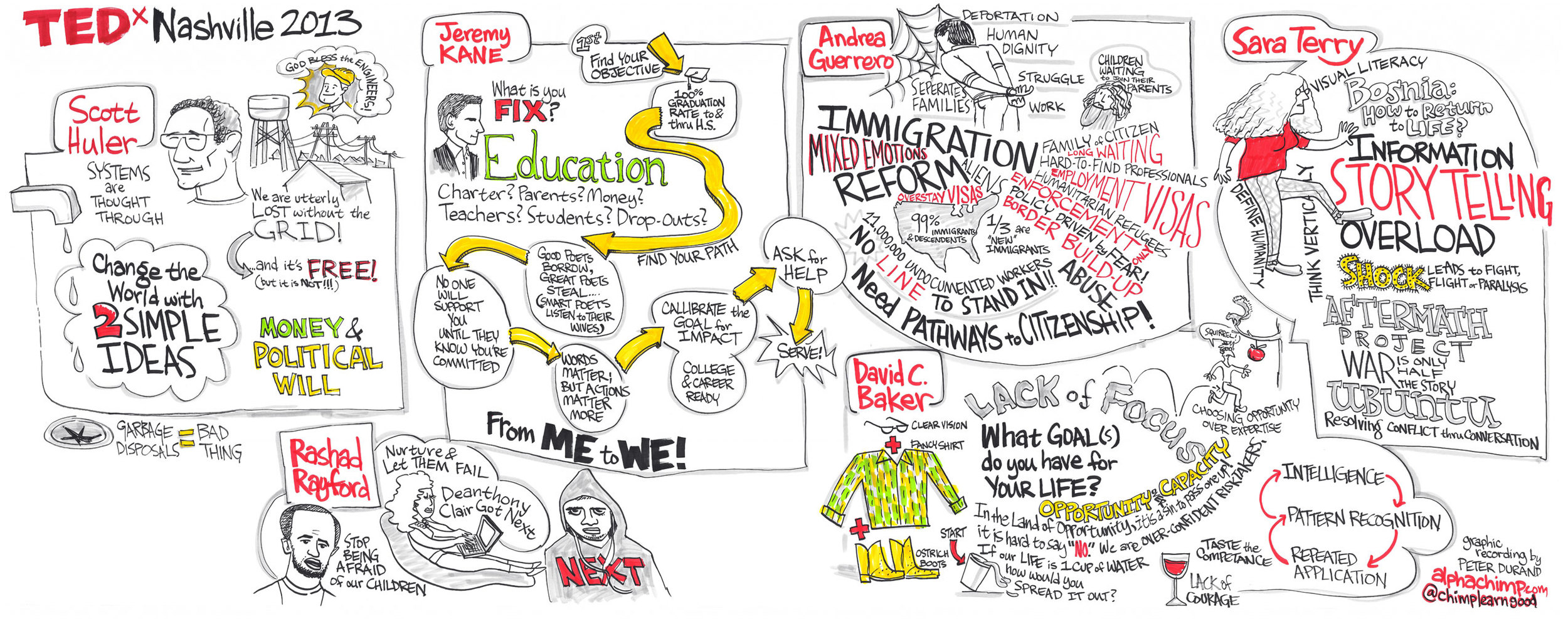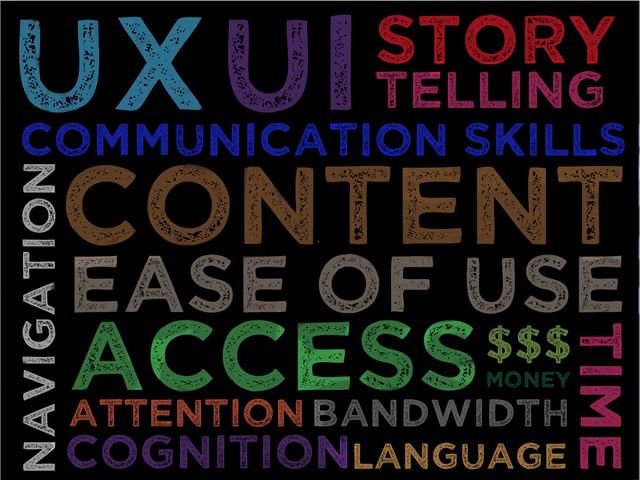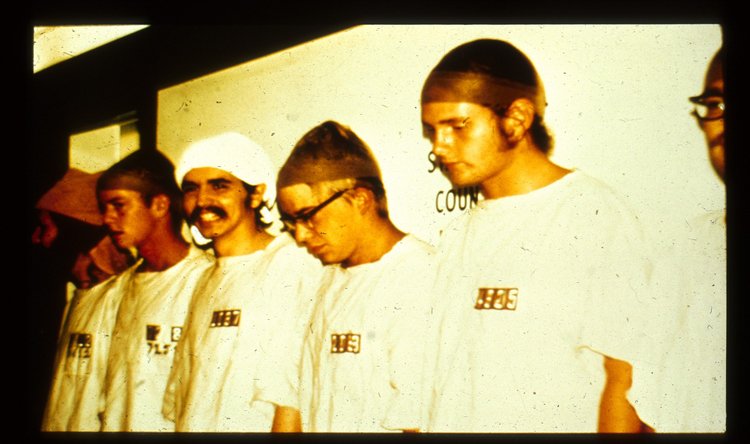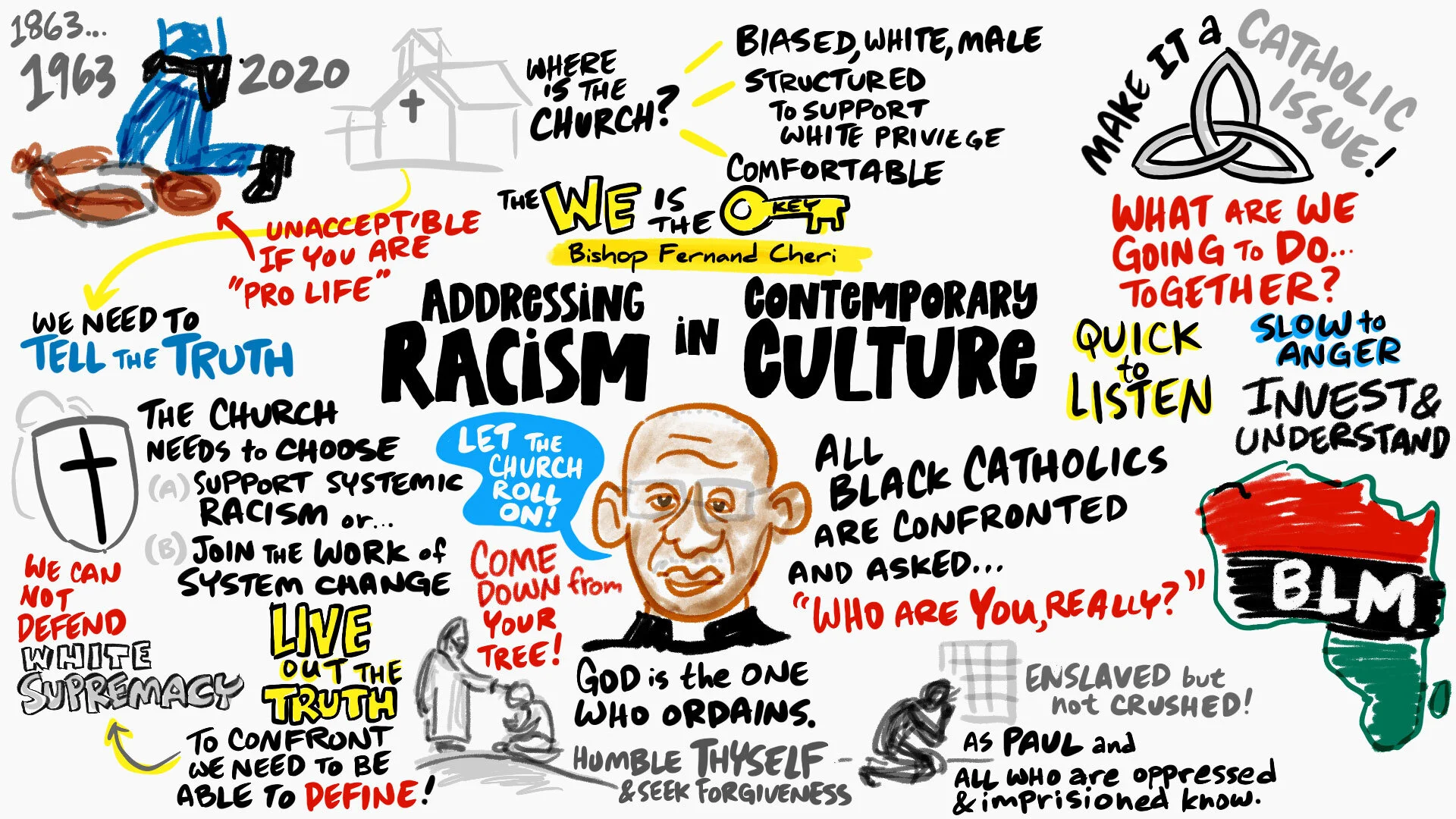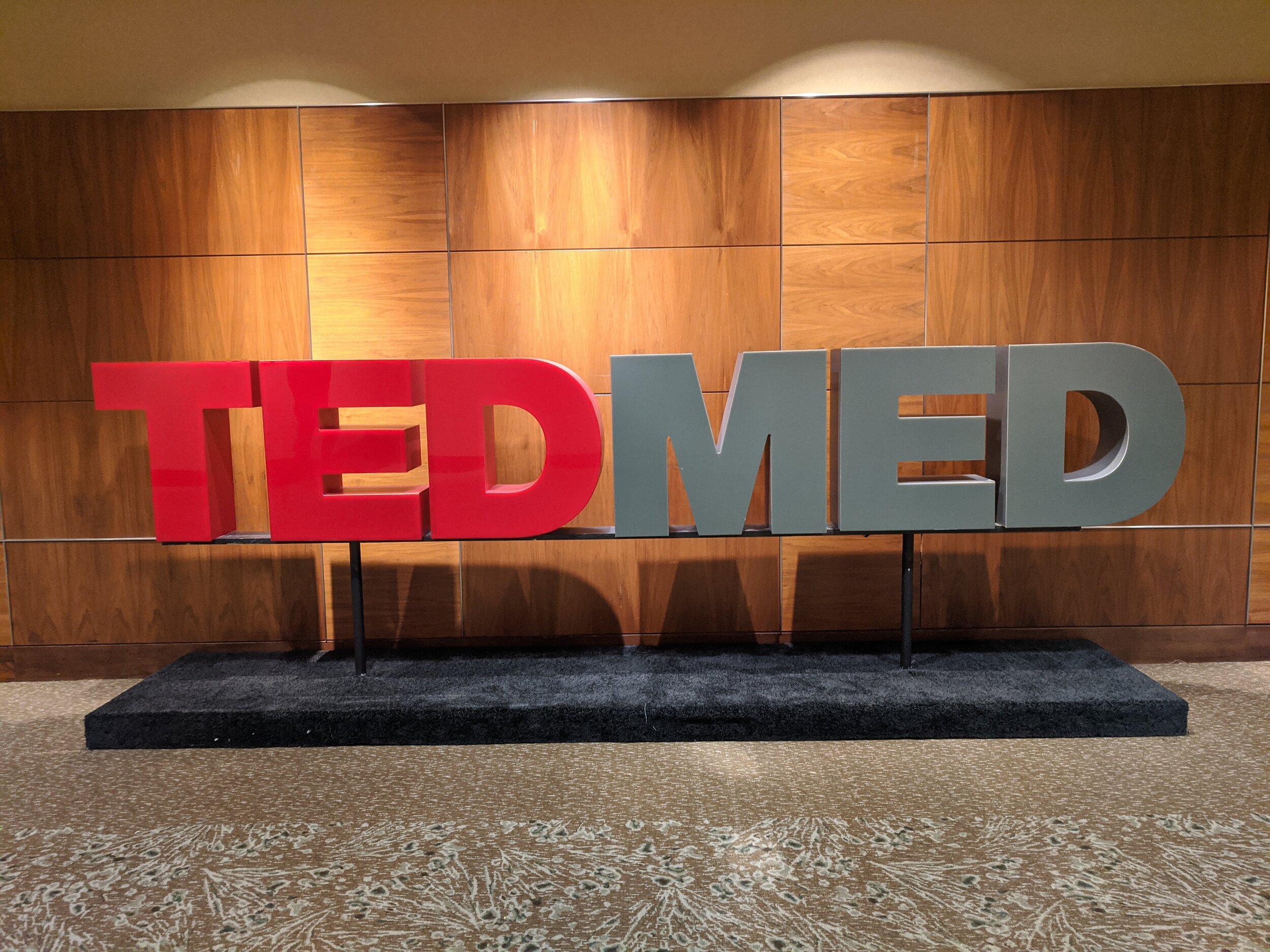Mind Body Scribe: Exploring Compassion, Contemplation & Challenging Circumstances
/Graphic recording is a full body and mind activity. But what goes on inside our minds and bodies when we scribe? Do periods of "creative flow" lead to healthier psyches and stronger immune systems? Do the skills and habits of graphic facilitators lead to improved problematic social behaviors and emotional problems while enhancing biochemical markers of health? Thaddeus Pace is a biological psychologist at Emory University, exploring how compassion meditation and other complementary practices may improve the health and well-being of children and adults in challenging circumstances. “As a biological psychologist, I’m very interested in what connects stress to health, and I’m also interested in novel ways to intervene to make us healthier people.”
For more information about Tad's work, check out his POP! TECH talk here:
http://poptech.org/popcasts/thaddeus_pace_on_stress_and_health
TIME | TOPIC
00:00 | Introductions
01:30 | What goes on in our bodies when we scribe?
05:24 | The impact of stress on health
08:00 | Studying stress
09:00 | Meditation & focused attention
09:50 | Stress study results
12:00 | Scribing as a meditative state
13:50 | The connection between stress and learning: Cortisol
24:30 | Other brain chemicals: Norepinephrine & Dopamine
36:00 | Q/A 37:30 | How can we find data to support the positive effects of facilitation?
49:50 | How do we communicate the importance of “touchy-feely” stuff?
52:20 | Special Alphachimp Announcements
Learn visually. Alphachimp University. Click to see courses.



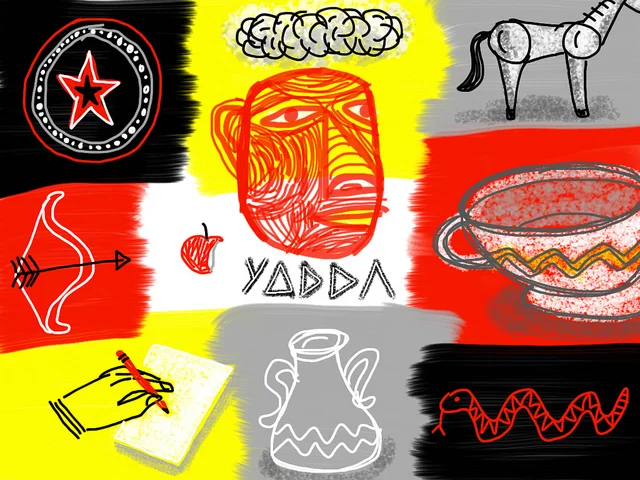

 Note: Our community manager, Evan, bet me a bacon-and-maple-syrup doughnut that I couldn't use "announced" more than 5 times in one post. Announcement: as you've seen above, he owes me a Hungry Lumberjack doughnut from one of Nashville's many food trucks,
Note: Our community manager, Evan, bet me a bacon-and-maple-syrup doughnut that I couldn't use "announced" more than 5 times in one post. Announcement: as you've seen above, he owes me a Hungry Lumberjack doughnut from one of Nashville's many food trucks, 










